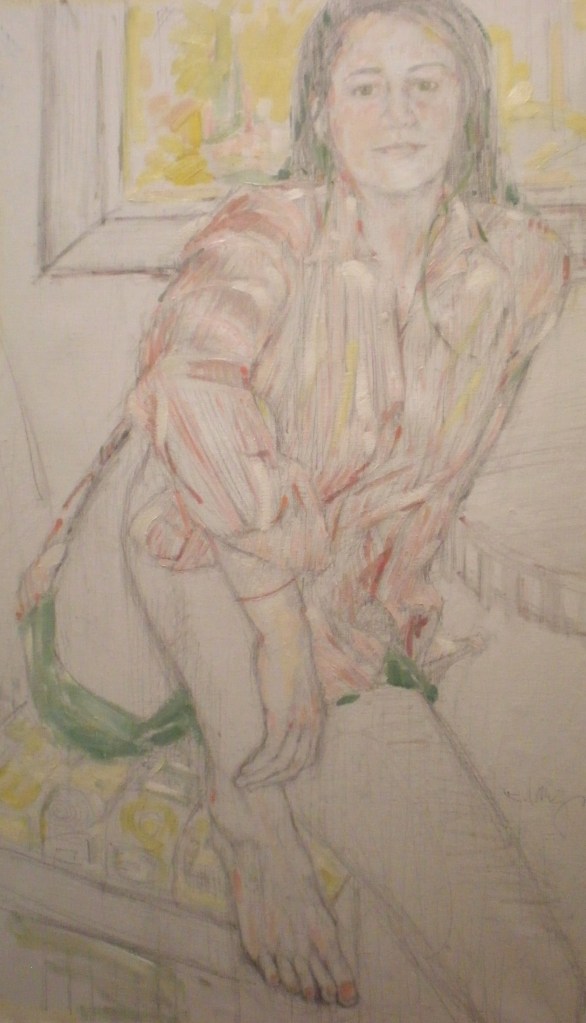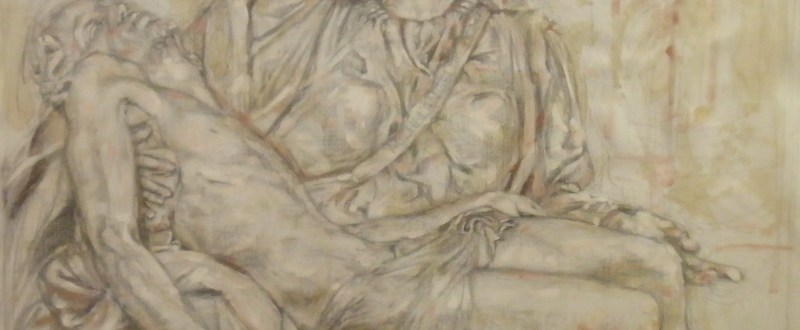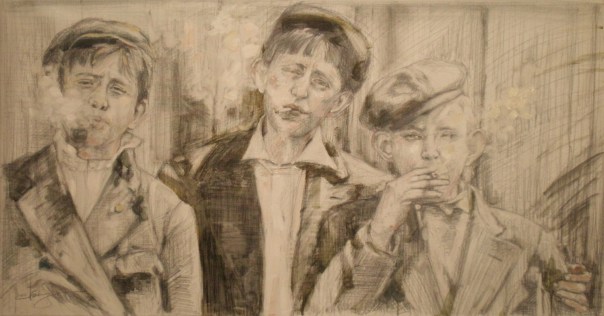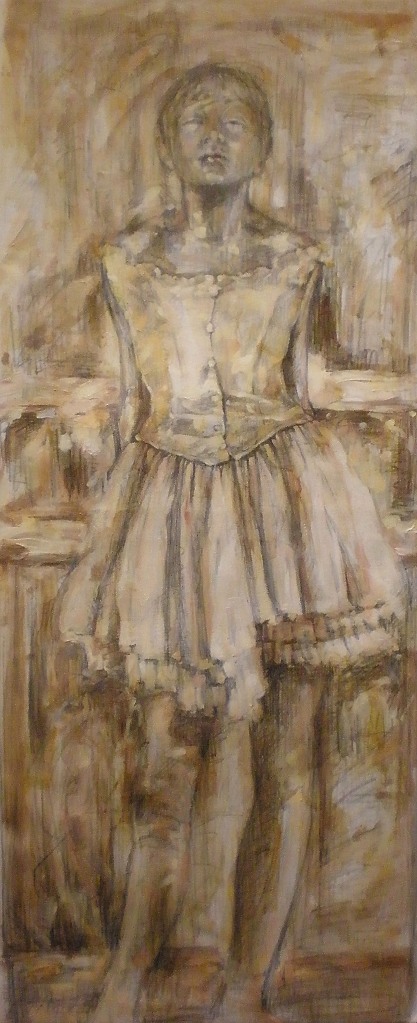
Kenyon
Very casually and seriously, she said at the dinner table “So, is your next blog piece going to be a train wreck?” Yes, it was funny. I knew what she meant and we had a good laugh. There does seem to be a thread of tragedy in this blog. What no one knew then was that this post would be more like a blanket of tragedy.
It is a reflective time for our country, between September 11th and July 2010 which was the bloodiest month in this soon to be decade war . Here in the shade, it’s been hot…almost 100`on most day’s this summer. For a soldier it’s more like 120` with flies and a strong appreciation for water. I’ve seen some powerful movies about war…Black Hawk Down, The Hurt Locker, Letters from Iwo Jima and of course Saving Private Ryan, but do I get it? I don’t want to get it. I’ve seen some tough photo’s from my laptop and read about explosions almost daily but today I’m getting ready for a birthday.
I wrote to the VA hospital asking if I could photo the vets with hopes of creating a series…the hospital never got back to me. Asking around, I found Kenyon. He went to school with my daughter. He is 19, played football, graduated from high school last year, spent 6 months training and is now on the front lines in Afghanistan. The sacrifices made by many Americans to protect our way of life in the name of freedom often go unnoticed and unappreciated. I hope that by reading this and seeing the drawing, you will take a moment to remember the men and women who have served/are serving – the living as well as the dead.
I saw several artists who are doing similar efforts… soldierportraits.com based out of Savannah creates mesmerizing portraits of active duty soldiers mostly from the 3rd Infantry division. Then I found ‘Injured Soldiers and Marines: Portraits by Timothy Greenfield-Sanders.

Marine Staff Sgt. John Jones
The photo of Marine Staff Sgt. John Jones by Greenfield-Sanders is a powerful reminder of the injury of war. His character appears dignified, noble and confident despite his apparent loss. What you can’t see is that Sgt. Jones has some memory and hearing loss and post traumatic stress disorder.
I also found a local group of artists who donate portraits to the families of fallen soldiers called ‘Art from the Heart’ and gotta mention the incredible Pam Rogers who has done soldier portrait’s for local families and worked voluntarily/tirelessly with ‘Soldiers Angels’ preparing packages of coffee, tooth paste/brushes, soap and other simple neccessities for the troops going on 5 years. Thanks Pam and keep my room ready in San Fran.
No matter the political position on this war, those serving are doing their job. The job for most happens to be life or death. Thank you Kenyon for letting me use your photo in this blog post. May God’s love be with you, the troops and the civilians.
“If we have no peace, it is because we have forgotten that we belong to each other.” Mother Teresa















